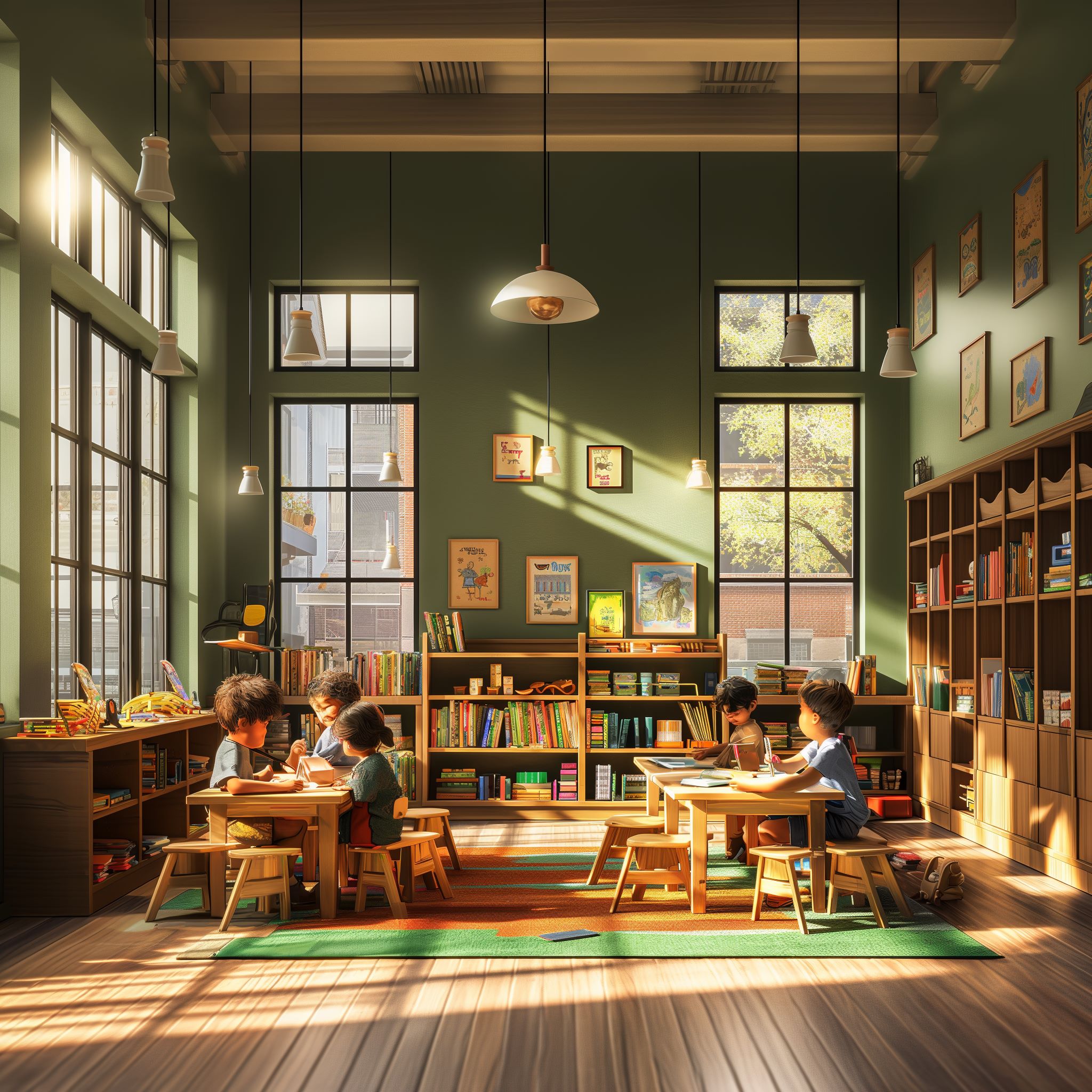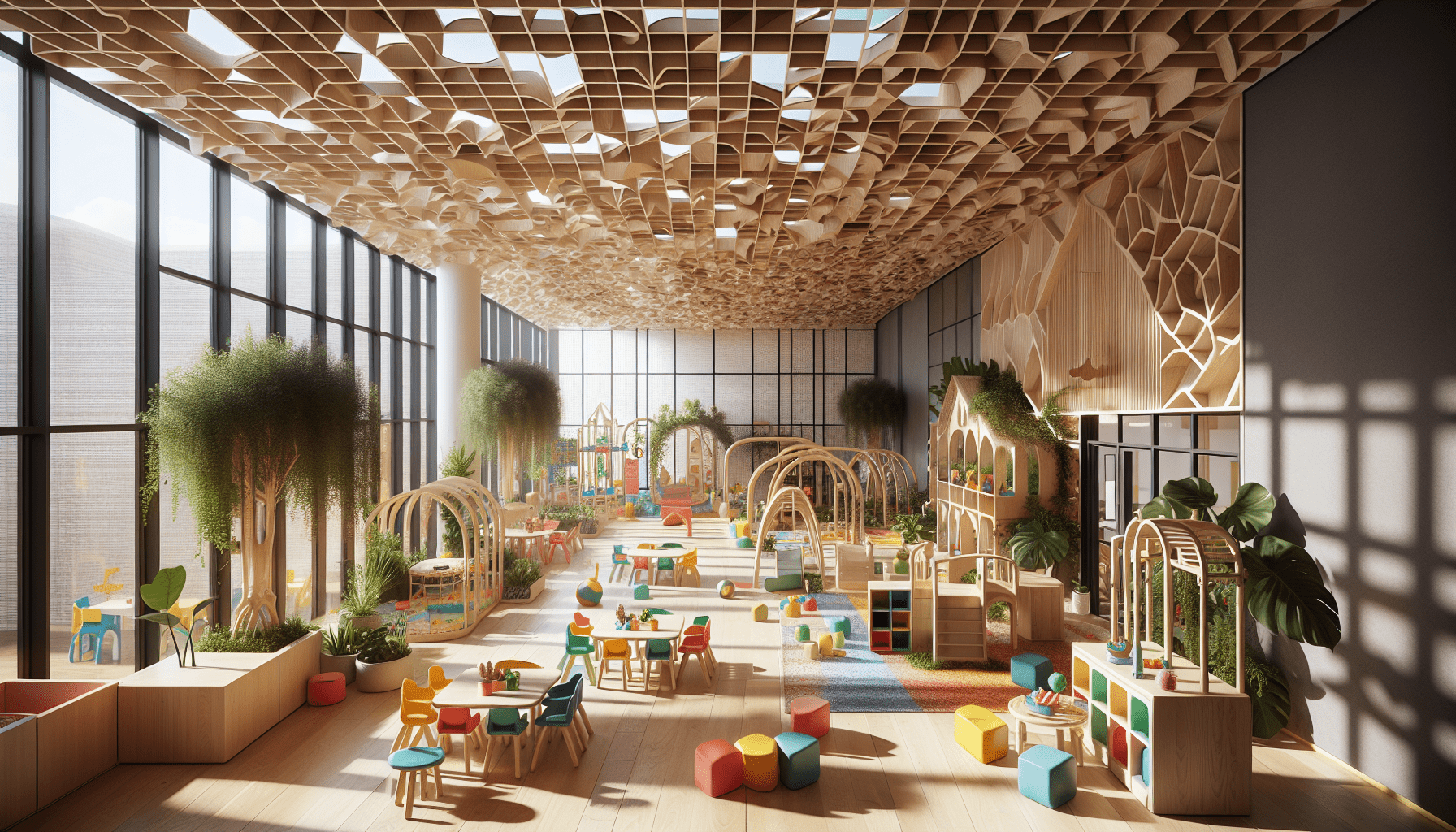Decorating a new play or learning space for children is an exciting time.
Free from the clutter and activity that is sure to follow, an empty room is still ripe with potential.
Being able to design a new learning space from scratch is a wonderful opportunity, allowing you to focus on the factors most important to the child’s well-being.
One important consideration is color. The color scheme that you assign can have a profound impact on the mental and emotional well-being of the children and should be treated with accord.
Keep reading to discover the best color schemes for a child’s learning space.
Blue
Blue is a wonderful color, conducive to focus, comfort and tranquility. Yet it’s often associated with negative emotions.
Be it the baby blues, or feeling blue, it has an association with sadness. Yet psychologically, it actually has the opposite effect.
Think of the joy of a clear blue sky or wide blue ocean. These are actually quite comforting. As well, blue is shown to encourage focus while imbuing a sense of calm.
That makes it an ideal color for your child’s learning space.

Green
Often associated with hospitals, there’s a reason for using the color green. It’s reflective of nature and growth. A large part of the reason we welcome spring is to see the world turn green again.
It suggests health and growth, two concepts you’ll certainly want to reinforce in a child-focused room.
Yellow
Like the two above colors, yellow helps reflect what we find in nature. The warmth of the sun is something even young children learn to recognize quickly.
Taking this color as a launching point, you can create a warm, welcoming learning space.
A bolder yellow may be more suited to an active space, as it is a very energetic color and may promote more excitement. A pale yellow, on the other hand, is very comforting and reassuring and can easily be utilized anywhere.
Using These Colors Together
Sticking with one color can make space oppressive, countering the positive effects you’re looking for. To help take advantage of all these strengths, take a look at diversifying the surfaces and objects you paint.
Walls can be one color, with furniture taking on another. As adults, it’s easy to look for neutral furniture that works within a space. With a child’s space, it can actually be better to feature something that contrasts the room, defining its presence.

Final Thoughts on Designing a Learning Space
Children process color differently than adults. Whereas maturity and experience help develop an appreciation for subtlety and nuance, children see things in starker terms.
This gives you the freedom to go bold, to allow your color choice to influence your child. Color can have a massive impact on your child’s emotional development: by using the colors listed above, you can positively influence your child’s well-being.
If you have any questions, or if you want some additional help designing a learning space, let us know. We’re always here to help you.
-This article was written by Rebecca Calbert.
Rebecca is a licensed architect with over 30 years of experience. She owns and operates an architectural firm, Calbert Design Group, and educates her clients through the commercial real estate development process with online content at SaveOnBuilding.com. Rebecca’s “purpose” is to educate small business owners and protect them from what they don’t know.


